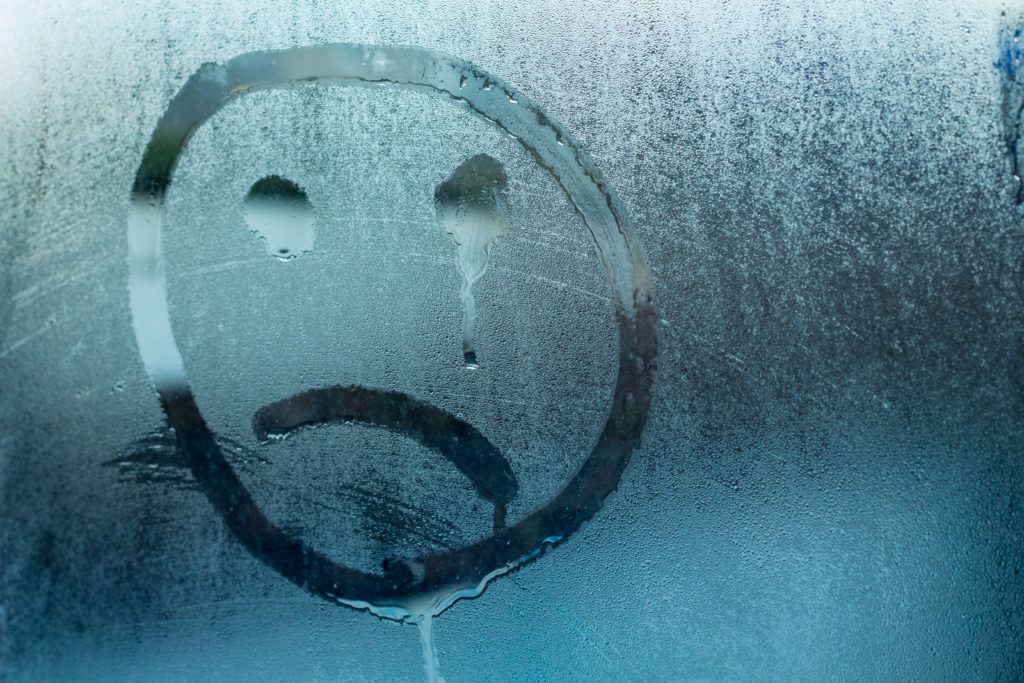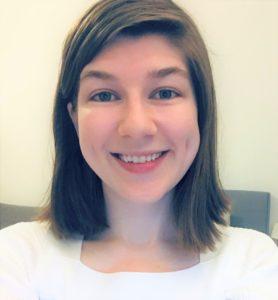
For the moment, psychedelic-assisted therapy takes place primarily in clinical trials. Legal, widely accessible treatment is at least several years away, assuming these trials continue to find positive results. But for some of the most desperate patients, it is already here in the form of compassionate use.
What is Compassionate Use?
Compassionate use, also known as expanded access, allows severely ill patients to try an experimental treatment if conventional therapies fail them.1 Drug approval policies are slow, and there are good reasons for not rushing medicines to market prematurely. But while some patients can afford to wait, for others, it is now or never. Compassionate use acknowledges desperate patients’ suffering and allows them to legally access promising medicines that have not yet been fully approved. Certain countries currently allow compassionate use of LSD, MDMA, and psilocybin, with some doctors calling for these programs to expand as soon as possible.
“Mind-Dissolving” Therapy With LSD
One country in the world allows legal LSD-assisted psychotherapy: LSD’s original birthplace. In Switzerland, LSD therapy has been quietly available to a small number of patients since 2015. Of course, there are limitations: patients must live in Switzerland, and they must attempt approved treatments first. Apart from that, psychiatrists use their professional judgment—and current science—to decide which patients will benefit most from LSD-assisted therapy.
The evidence in favor of LSD’s safety and efficacy is strongest for depression,2,3 alcohol abuse,4 and anxiety,3 especially anxiety associated with life-threatening diseases.2,5 The small sample sizes of many studies on LSD suggest restraint when interpreting the results. However, LSD’s effects closely resemble those of psilocybin, which modern scientists have researched more heavily than LSD itself. This leads some psychiatrists to generalize promising results from psilocybin studies to LSD, although research should still investigate possible differences in efficacy between the two.6
Switzerland is not only unique for offering LSD-assisted therapy; it also has its own treatment philosophy. In most clinical research today, patients receive one large dose of a psychedelic drug sandwiched between several drug-free therapy sessions. Switzerland, on the other hand, largely integrates them into psycholytic therapy. “Psycholytic” means “mind-dissolving,” referring to the theory that psychedelics dissolve the mind’s defenses to the benefit of the therapeutic process.7 Rather than one large dose, psycholytic therapy uses multiple, often smaller doses embedded in conventional psychotherapy, starting at 30µg for LSD.7 According to Swiss psychiatrists, this allows patients to contact important issues in their lives quickly and have deeply spiritual experiences whose benefits extend beyond the therapy itself.
MDMA Therapy for PTSD
Of all the substances lifted by the rising tide of the current psychedelic renaissance, MDMA could gain approval first. Its ability to ease the processing of traumatic memories makes it particularly promising for treating post-traumatic stress disorder (PTSD).8 In one of several Phase 2 trials, 83% of patients no longer fulfilled clinical criteria for PTSD after receiving MDMA-assisted therapy, compared to 25% of patients who received non-pharmacological therapy.9 Another study found that 67.8% of patients were still cured one year after treatment – and many had previously had PTSD for over a decade.8
Impressive data like this has convinced regulatory bodies in multiple countries to allow MDMA-assisted psychotherapy in special cases. Switzerland permits it according to the same regulations as for LSD, and Israel has also allowed 50 patients to receive MDMA treatment for PTSD outside of clinical trials. The United States, too, now has an expanded access program directed by MAPS. Researchers at MAPS hope this is just the beginning: they are aiming for widely available MDMA-assisted psychotherapy by 2023.
Psilocybin Therapy for End-of-Life Distress
Like MDMA, psilocybin-assisted therapy has strong data behind it which has begun to justify expanded access. Although psilocybin may be useful for a broad spectrum of mental health issues, one particularly well-established application is treating distress in patients with life-threatening diseases. In a landmark 2016 study of cancer patients with depression and anxiety, 80% of participants experienced clinically significant improvements that lasted for at least six months after psilocybin treatment.10 Over half of them no longer had depression or anxiety at all. Further studies have supported and expanded upon these findings.11,12
Based on these impressive data and the urgency inherent in treating terminal patients, Canada has begun allowing compassionate use of psilocybin therapy. While initial permissions were limited to four terminal cancer patients, they will likely not be the last. And because someone must be competent to administer psilocybin therapy, Canada has granted 17 healthcare professionals access to psilocybin for use in their training. According to those therapists, patients should be led into psychedelic experiences by those familiar with the terrain.
Doctors Appeal for More Access
While compassionate use of psychedelic therapy has been granted for a few patients in a few countries, some doctors are not satisfied with the pace of government approval.13 They argue that for patients with life-threatening diseases, the clock is running out, and indeed runs out for more people every day. To them, “life-threatening” does not only mean terminal illness: it also includes diseases with an elevated risk of suicide, like depression and PTSD. Their argument is simple: especially for treatment-resistant patients, the expected benefits far outweigh the risks, including the risks of doing nothing.13
A recent policy paper, co-signed by several prominent doctors and scientists, focuses on the debilitating chronic pain condition of cluster headaches. Cluster headaches affect millions of people worldwide and rank among the worst pain known to humankind — right up there with childbirth and kidney stones. Nicknamed “suicide headaches” by patients, they can be excruciating enough to cause PTSD.14 They also share commonalities with other chronic conditions eligible for compassionate use: they increase the risk of suicide, current treatments aren’t always effective, and preliminary studies suggest that psychedelic drugs can help.14,15
According to the signatories of the policy paper, this combination of patient need and promising safety and efficacy data should justify access to psilocybin therapy. To the chagrin of many patients and their doctors, it is not legally available outside of clinical trials, even for compassionate use.
Psychedelic therapy, once a strange and obscure research topic, may now have enough good data behind it to justify a small place in the medical system. Compassionate use is where experimental treatments begin migrating from research labs to the real world. For many, treatment with unapproved drugs could potentially hurt more than help. But for some, doing nothing is far worse. As one Canadian patient said after receiving psilocybin therapy, “The acknowledgment of the pain and anxiety that I have been suffering with means a lot… [Psilocybin] changed everything for me.”

I’m really looking forward to this being more widely available. It’s so needed, very different from the treatments available now. I wish I could get access in a safe way.